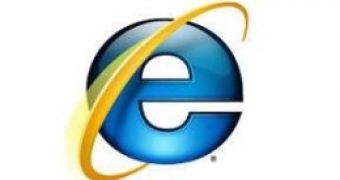With the release of Internet Explorer 7 in October 2006, Microsoft has added support for IPv6 addresses in URIs throughout the browser. Before we get into how to use IPv6 URIs in IE7 you must first understand that Internet Explorer 7 delivers a new URL management architecture known as CURI - in essence just optimized URIs. In a broad sense of addressing technology, Uniform Resource Identifier and Uniform Resource Locators are considered synonymous.
In this context, the IPv6 protocol introduces addresses of 128 bits, and as a result of the added length compared with the 32 bit delivered by IPv4, the textual representation of IPv6 addresses had to be compacted, leading to the alteration of URIs. "The old URI syntax and the IPv6 address syntax conflicted so in accommodation, the URI syntax was modified. According to the latest URI standard, when you put an IPv6 address in the host, you must enclose it in square Brackets. URIs containing IPv6 addresses are not considered "special" in IE and they may be used anywhere IE accepts or displays a URI," revealed Dave Risney, IE Software Design Engineer.
However, scope-id fails to follow this rule, and while IPv6 addresses in the host are enclosed in brackets, the scope-id following the address must be delimited by a "%" character. Risney explains that this is not a syntax accident.
"One explicit omission from the latest URI standard concerning IPv6 addresses is IPv6 scope-ids. IPv6 scope-ids specify which zone (a group of network connections) on a computer should be used when resolving a particular IPv6 address.Non-encoded percents are not permitted in URIs, so in order to support scope-ids in IPv6 URIs, IE7 allows scope-ids following the IPv6 address when delimited by a percent-encoded percent character," Risney added.
The bottom line is that the old 127.0.0.1 loopback address in IPv4 looks like this in IPv6 "::1". But before you try and open the URI http://[::1]/ in IE7 first you might want to enable the IPv6 stack in Windows.

 14 DAY TRIAL //
14 DAY TRIAL //